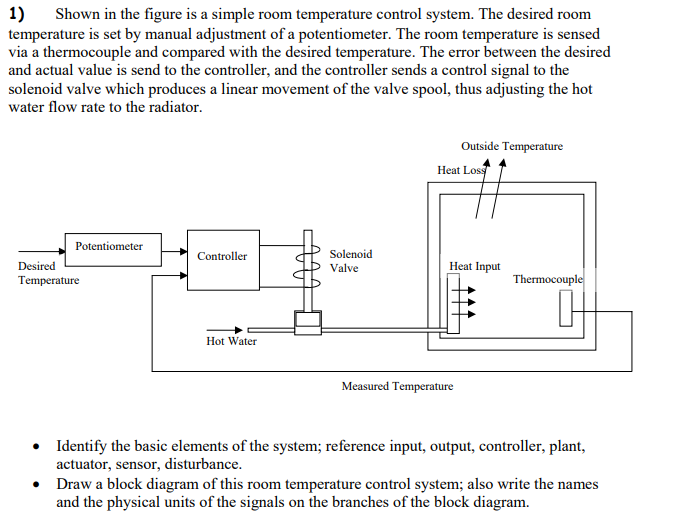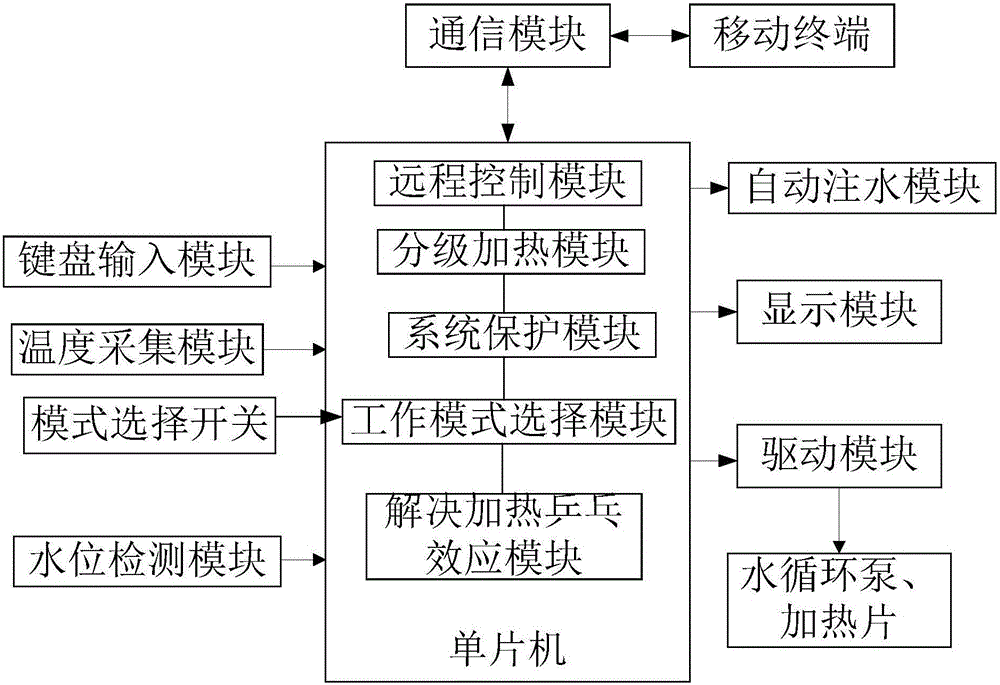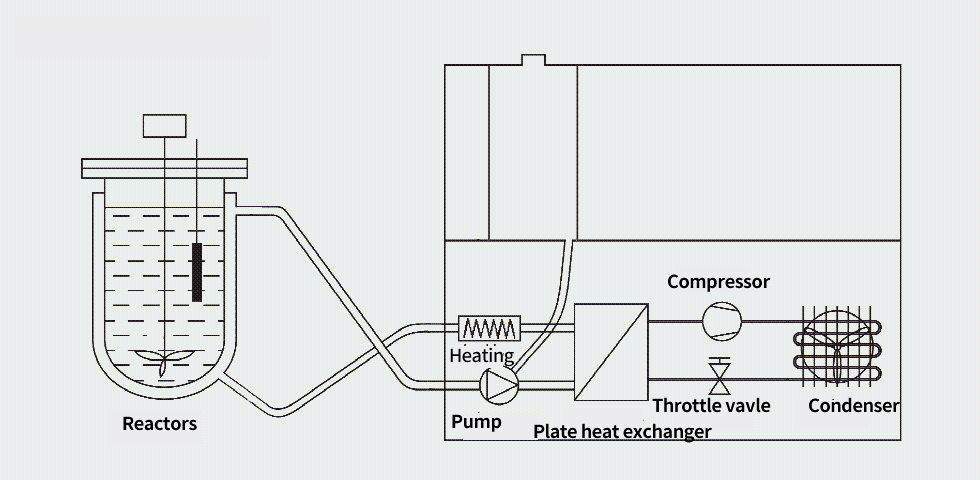Design Of Temperature Control System Circuit Diagram The project "Cute Temperature Controller" by Shree.Bera Somnath. Thanks for the simple design. But the price of the Sensor TMP 35/36 is extremely prohibitive and is not easily available. I hunted thru many suppliers and finally got a few at choking prices. Until lately, I stuck to LM35 and the like.

The following are the basic steps and relevant points for designing a temperature control system based on PLC: System requirements analysis; Determine the control object: for example, heating furnace, reactor, air conditioning system, etc., clarify its requirements for temperature control, including temperature range, accuracy, heating/cooling rate, etc.

Building an Automatic Temperature Controller Using Arduino and a PID ... Circuit Diagram
Also the cheap types are not reliable at all, because their accuracy is not consistent. The diy temperature controller circuit presented in this article is super simple in design, yet is able to produce reasonably accurate and consistent temperature control over a range of 40 to 125 degrees Celsius, which is fully adjustable. The paper presents results on design and implementation the monitoring system to control temperature of heating facilities in Turiba university. Key point of the project was implementation the
![[Solved] Design a simple system that converts a temperature from ... Circuit Diagram](https://d20ohkaloyme4g.cloudfront.net/img/document_thumbnails/e80484f38a564aa9682d10309d0f29b6/thumb_300_212.png)
Temperature control system component list. The temperature measured using LM35 is compared with the reference value. If the measured temperature is higher than the reference value by 1ºC, the heater is switched off, and if the measured temperature is lower than the reference value by 1ºC, the heater is switched on.

How to Build a Temperature Controller: A Step Circuit Diagram
* Controllers come in various varieties: on-off, proportional, and PID controllers can all provide effective temperature regulation at cost-effectiveness; however on-off controllers can create temperature oscillations due to simple design features, while proportional controllers offer smoother control while PID delivers greater precision and
